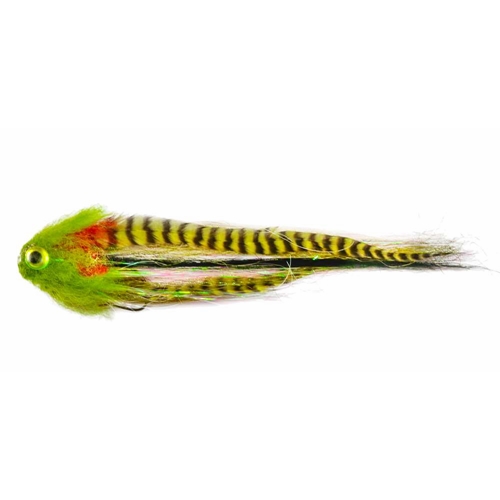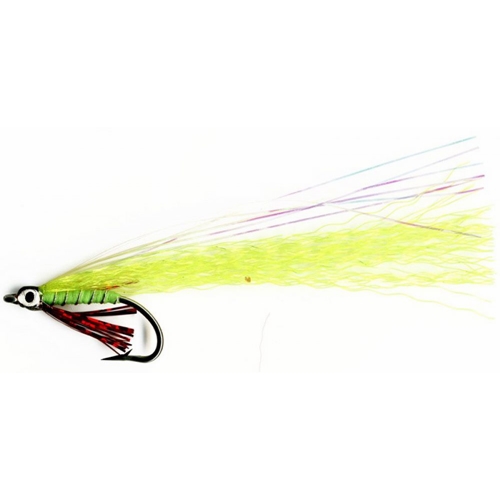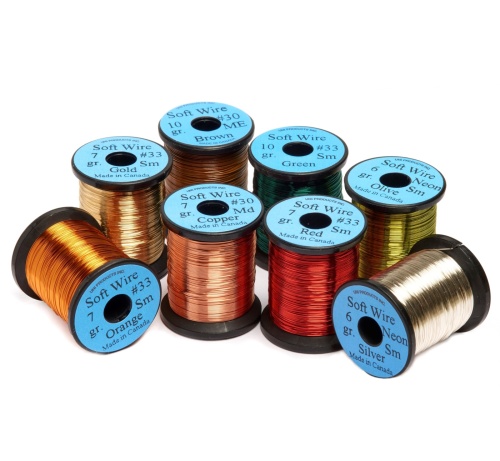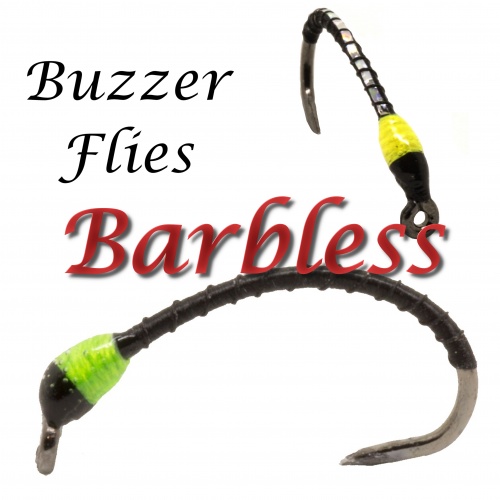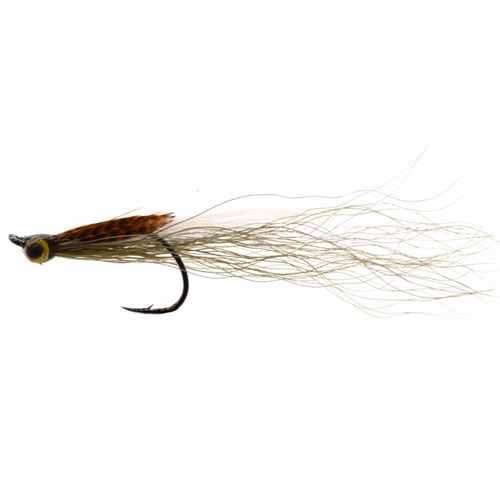Fly Fishing Glossary B's
Fly-Fishing can often be confusing to beginners to the sport because fly-fishermen talk and write in a strange language using words not always in standard use. To help take some of the confusion out of the terms bandied about by fly fishermen we have compiled this glossary.
[ A ] [ B ] [ C ] [ D ] [ E ] [ F ] [ G ] [ H ] [ I ] [ J ] [ K ] [ L ] [ M ] [ N ] [ O ] [ P ] [ Q ] [ R ] [ S ] [ T ] [ U ] [ V ] [ W ] [ X ] [ Y ] [ Z ]
BBack cast: The casting of line in a direction opposite to the direction the fishing fly is intended to go. The backward counterpart of the forward cast which acts to create a bending action on the fly rod, setting up the conditions to generate the forward cast and present the fly.
Backing: The first segment of line on a fly reel is backling line, depending on the size of the reel and it may have little or lots of backing line, usually braided and used to build up the arbor and to offer additional distance for a strong fish to pull out line. An unusually strong fish will take you "into your backing".
Badger: A feather of a specially bred or chosen chicken that has colors which change from brown--black to black at the center of the quill to ginger or white on the outer edges.
Baetis: widely distributed genus of flies including small dark olives, iron blue duns, large dark olives and medium dark olives typically found in sizes 16 to 22.
Bamboo: oldest rod building material still in use; the classical fly rod materialused by very few mainline manufacurers and specialist fly rod bespoke manufacturers.
Barbless: Barbless hooks are either manufactured without a barb or the barb is squeezed down. This feature makes it easier to remove a hook and minimizes the handling and potential damage of a fish you may want to release, you can purchase barbless flies which are made with barbless hooks.
Barrel Knot: same as blood knot (see blood knot).
Bass Bug: name used to describe a large number of surface bass flies usually tied with hollow hair (such as deer hair).
Beadhead fly or Goldhead Fly: Usually but not always a fishing fly with a bead immediately behind the hook eye. Beads come in many materials, from brass to nickel brass to ceramic and for ultra fast sinking Tungsten. Some beads help a fly sink, but others are floaters beadhead flies are usually used as point flies.
Belly: A tapered fly line has several components, with a fairly sharply tapered tip (at the fly end). The middle portion of the line is called the belly.
Belly boat: Originally using a tractor or truck inner tube for fly fishing, this is a one-person craft with a seat across the bottom on which the fly fisher sits. Feet are in the water and scuba fins are used to move the tube around. This type of fishing boat or as it is frequently called float tube is very popular with warmwater fly fishers and with individuals who fish high mountain lakes. These are also called belly boats. See kick boat and our section on float tubing department.
Bimini Twist: A knot used in saltwater fly fishing say for tarpon. It has a loop and a double line section making it especially strong.
Blank: Fiber glass and graphic fly rods (which also have fiber glass) are produced by wrapping sheets of graphite and fiber glass around a carefully tapered steel rod (called a mandrel). The hollow rod that results from this process is called a blank. It has no guides, ferrules or reel seat.
Blank Buster or Blank Buster Buzzer: trademark The Essential Fly. A range of flies developed by Sandy Dickson of Scotland famous for their design using slimline buzzer tying technique, tight ribbing and different colours luminous hot spots to attract trout according to light conditions.
Blood knot: A best known for its strength in tying monofilaments of different diameter and material together. It is rather difficult to tie on the water and commercially-made blood knot tyers are available to make the job easier. A blood knot is often used to make a fly leader of several different diameter monofilament segments. Also known as a barrel knot.
Bobbin: A fly tying tool and term borrowed from seamstresses. A bobbin holder holds the tying thread.
Bodkin: A bodkin is a tool best described as a needle with a handle. It can be easily made from a piece of wooden dowling and a needle. It is used in fly tying used to deposit cement or lacquer to a fly.
Braided loop connector: A way of putting an in-line loop at the end of your fly line so as to use the loop on the leader to do a loop-to-loop connection between the leader and the fly line. The braided loop connector works like the so-called Chinese finger torture devices.
Breakoff: A term of defeat describing the event of a hooked fish snapping your tippet or leader. Usually a break off results from an unusually strong or big fish.
Breaking Strength: amount of effort required to break a single strand of unknotted monofilament or braided line, usually stated in pounds (example: 4 lb. test).
Bucktail: Bucktail is (1) the hair found on the tail of the Eastern whitetail deer, used in the tying of many types of flies; can be dyed any colour, or used natural, (2) a type of minnow simulating fly, usually constructed of bucktail.Butt section: The thicker end of a tapered leader that is tied to the fly line.
Buzzer: A buzzer fly imitates the emerging pupae of a midge. Possibly one of the most important trout flies for stillwater fishermen. Trout Buzzer Flies are available in large ranges including Epoxy Buzzers, Suspender Buzzers, Shipmans Buzzers and the famous Sandys Blank Buster Buzzers and Flashback Buzzers.














